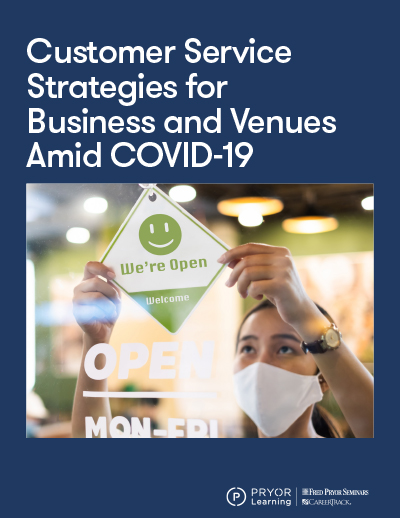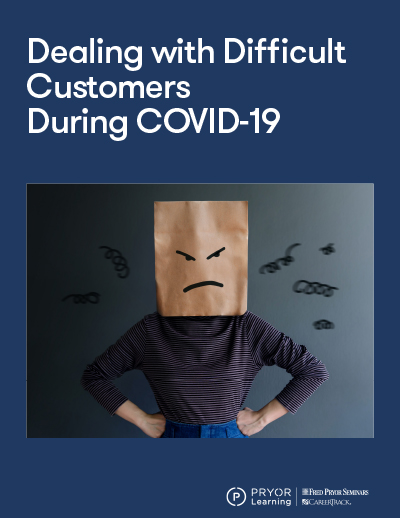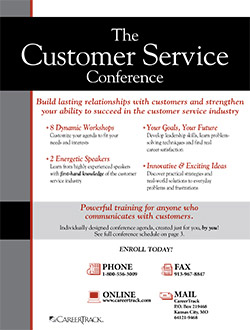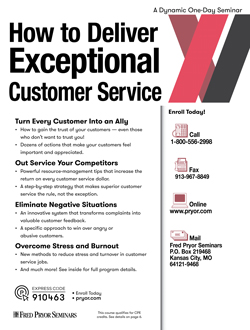Learn from Customers in Challenging Times

The pandemic has fundamentally changed many businesses, and the expectations and needs of many customers. How can a business learn from and use these changes to improve customer service?
First, it is important to evaluate how customers and their habits have changed over the past several months. How have their goals changed? How do they engage with your organization differently now? What has stayed the same? Staff members with direct customer contact, such as those filling online orders, providing retail customer service, or responding to customer calls can often answer these questions quite easily. Rely on them in this process!
Here’s a list of customer service elements that you can systematically review to assess how the landscape has changed. This conversation starts with a conversation about who the customer is, what their goals are, who has what roles and how service is best delivered.
- Goals: How has what the customer needs and wants changed, and why? What factors are shaping customer satisfaction the most? The ability to stay safe and healthy has emerged as an important one in the pandemic, but timing, availability, quality and price are likely still factors. Why are these factors important? What is the underlying need?
- Roles: How have roles shifted in the past several months? Is there a greater emphasis on delivery and shipping, instead of in-store customer service? What is expected of the customers themselves? How does this change recruiting and staffing needs, and the core competencies of greatest interest? For example, if the business has shifted online, maybe computer skills and investments are more important than in-store resources and staff.
- Processes: A lot of customer service comes down to the processes used to deliver a service or product. These procedures are driven by customer goals and by the different roles. Reviewing your current customer service landscape can be supported by some “As-Is” or “New Normal” business process mapping—to identify strengths and gaps.
The “new normal” appears to be constantly evolving, and effective organizations need to regularly take a close look at the organization’s mission, goals, roles and processes. Beginning with customer needs and changes can help ground this exercise on the factors that matter most.






